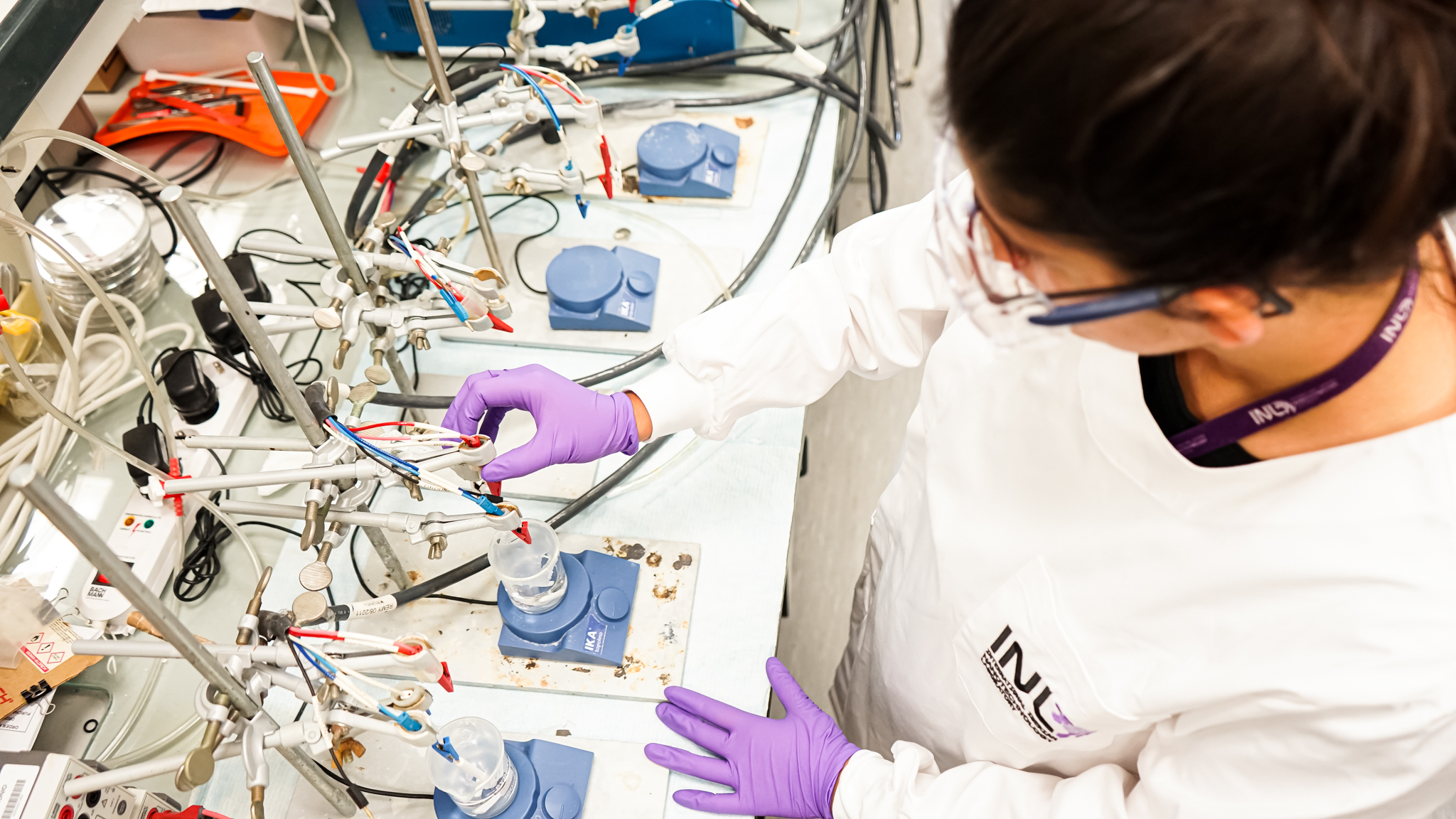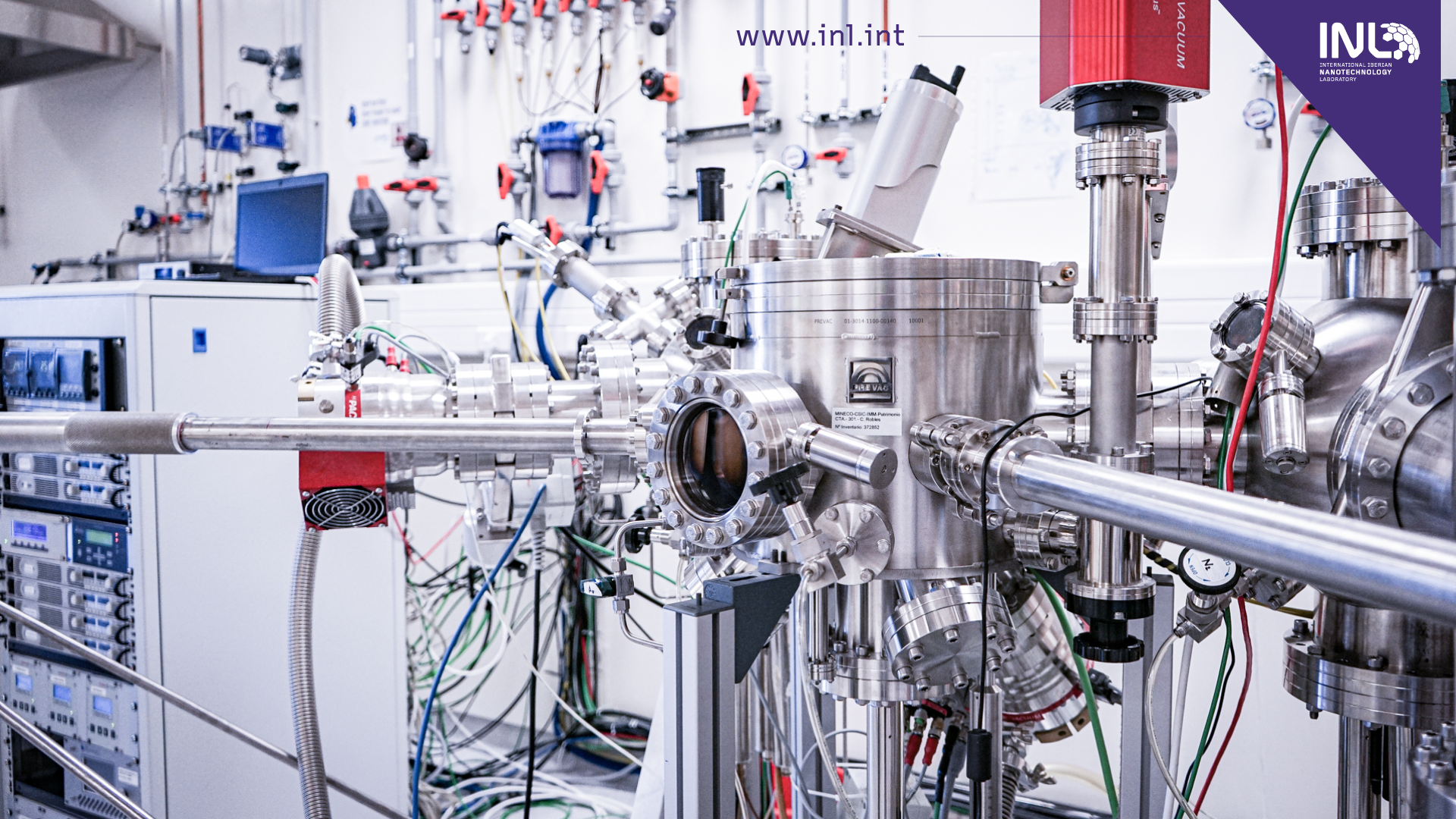
INL researchers actively engaged in hydrogen and renewable gas research
July 14, 2023

INL researchers from the Clean Energy cluster are actively engaged in hydrogen and renewable gas research. Hydrogen holds tremendous potential to revolutionize our society in various ways. As a clean and versatile energy carrier, hydrogen offers a promising solution to mitigate climate change and reduce dependence on fossil fuels. It can be produced from water and renewable electricity, and it can be transformed into a wide range of synthetic fuels.
Advancements in hydrogen research are driving the development of efficient and cost-effective methods for hydrogen production, storage, and utilisation. Hydrogen can be directly used in fuel cells for transportation, enabling zero-emission vehicles and reducing air pollution. It can also be used in industrial processes and power generation, fostering a sustainable energy ecosystem. Furthermore, by combining hydrogen with other abundant gases, it is possible to produce methane, methanol or other renewable gases, that are compatible with existing natural gas and energy infrastructure.
While these factors open up opportunities for the widespread adoption of hydrogen, there is still a need to develop more efficient electrolysers and other systems that use fewer critical raw materials. Moreover, hydrogen can be applied in various sectors, including industrial processes, power generation, and residential applications, further contributing to a sustainable energy ecosystem.
Continued progress in hydrogen research has the potential to transform our energy landscape, promoting a cleaner and more sustainable future for generations to come. Here are some highlights of the ongoing projects on this topic:
The spinCat project aims to develop cost-effective hydrogen production alternatives by reducing the cost of membrane-based electrolyser technology by omitting the need for platinum-group metals. INL scientists are researching magnetically-enhanced alkaline exchange membrane water electrolysis.
Cat4GtL Project has the main goal of researching and developing novel catalytic concepts for Gas-to-Liquid (GtL) applications, including the development of catalysts and micro-reactor prototypes based on NETmix technology. The INL team is focused on the characterisation of these using scanning (SEM) and transmission (TEM) electron microscopy.
The consortium is developing novel semiconductor materials for photoelectrodes for water and nitrogen Reduction. INL researchers are applying their know-how on surface passivation to create photo-electrochemical cells based on non-toxic materials.
- Moving2Neutrality – PRR
Within the Moving2Neutrality Agenda funded by Portugal’s recovery and resilience plan (PRR), INL is participating in several research activities, including the development of membrane electrodes for electrolysis, the development of new catalysts for water electrolysis including proton exchange membranes and alkaline electrolysers, and the study of catalysts in seawater. The developed systems will be more efficient than the current ones using less critical raw materials like platinum.
- ATE – PRR
The alliance for the energy transition project works in several energy aspects, one of them is focusing on creating hydrogen infrastructure. INL researchers are developing novel hydrogen sensorization for the early detection of leaks and other transportation/storage issues.
The main objective of the KNOWSKITE-X project is to boost the development of materials for energy applications. The INL team is working towards the Development of novel materials for solid oxide cells.
These projects are all highly collaborative, both with academia and industry, at different stages and technology readiness levels (TRL). For more detailed information, please follow the project links.


